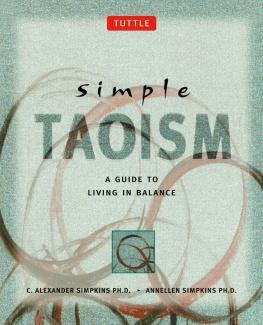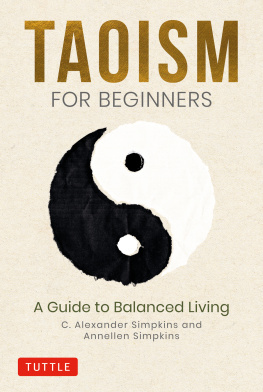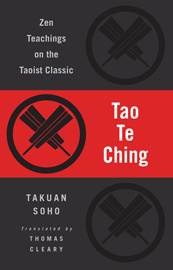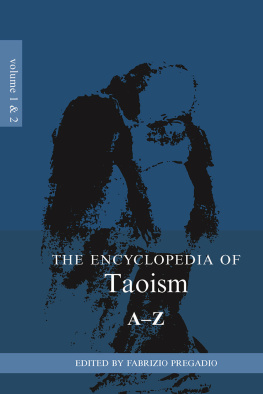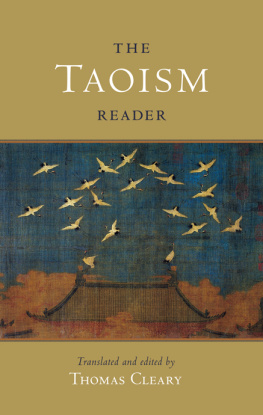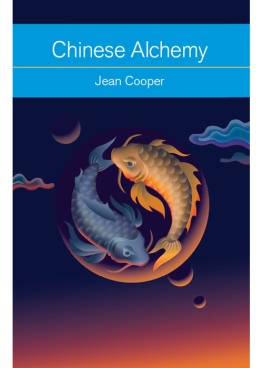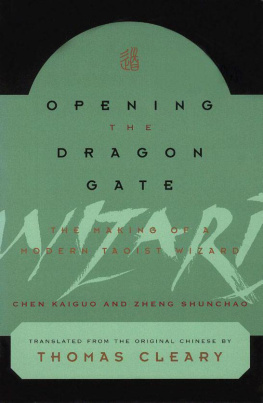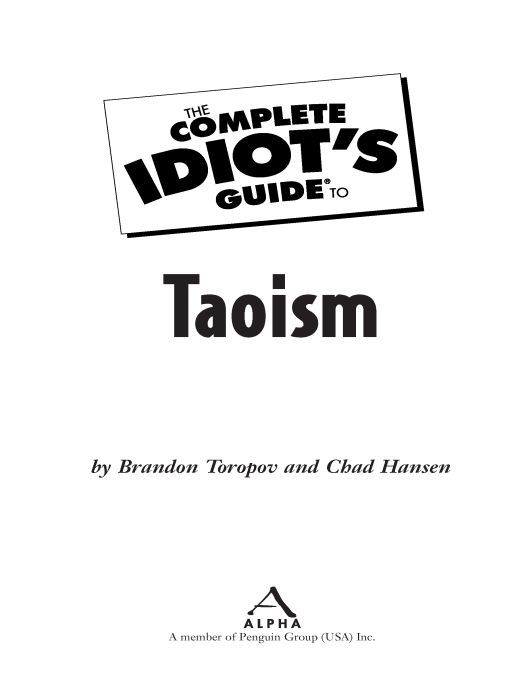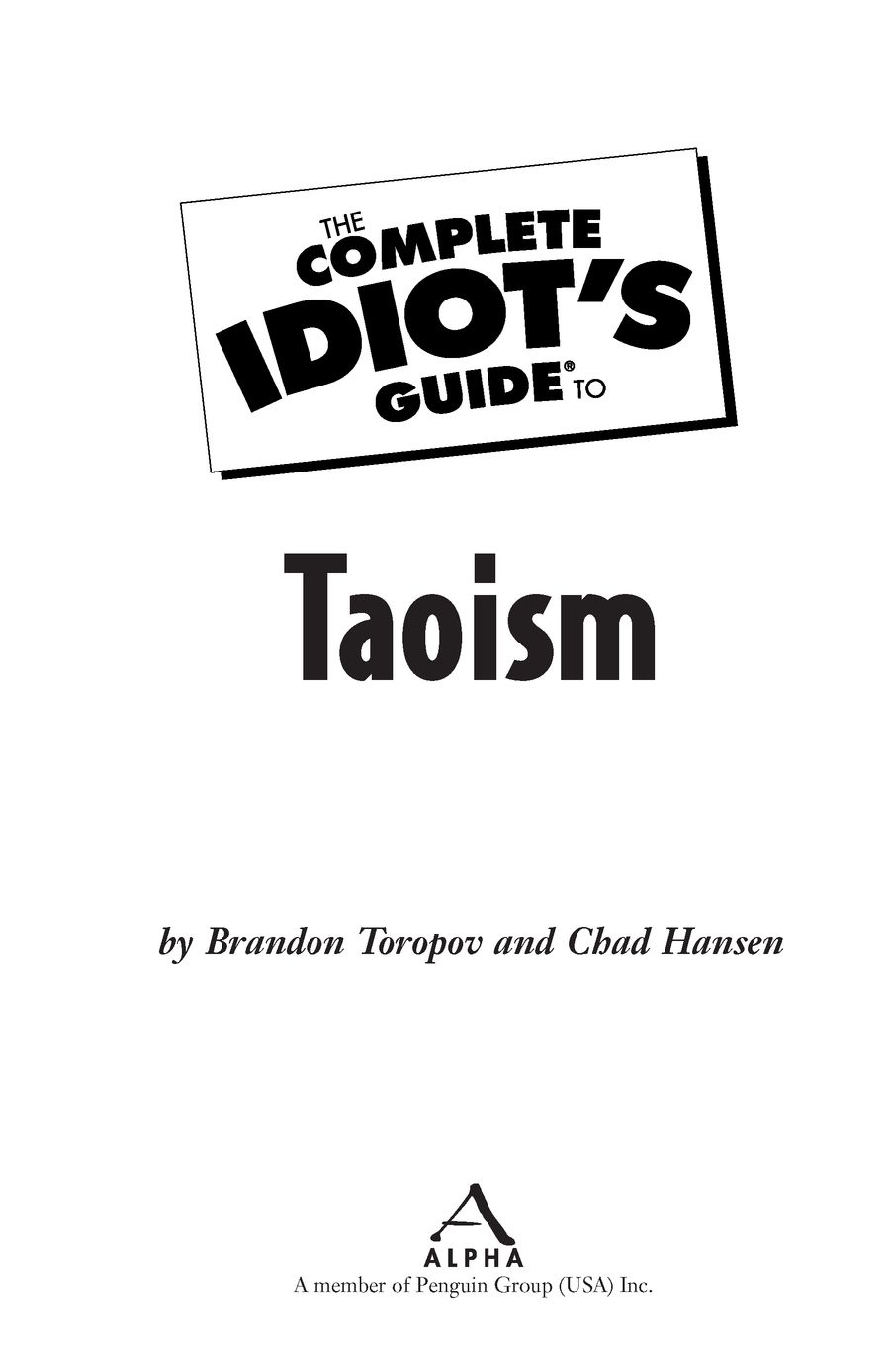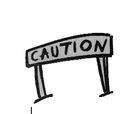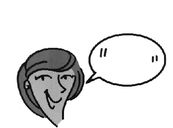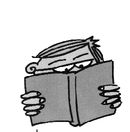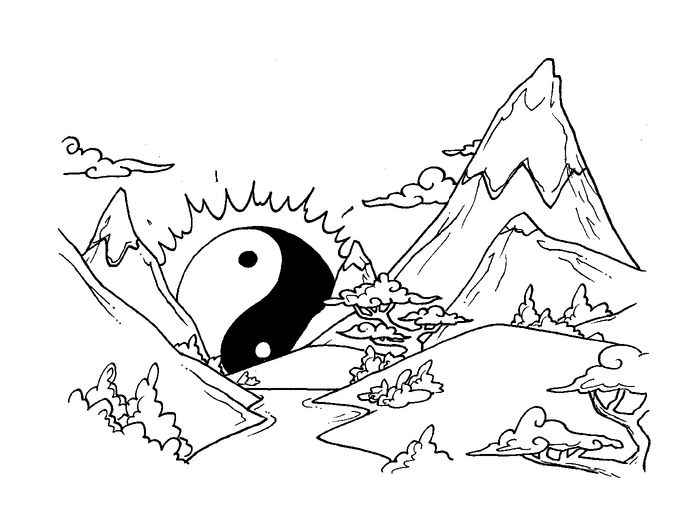Table of Contents
Foreword
Taoism has both an ancient pedigree and a vibrant modern life. Its origins are the subject of endless scholarly debate, and its current expression is as near as the words you are reading and the breath you are taking right now.
Centuries ago, the paradoxes and penetrating insights of Taoisms core texts had a profound influence on the emerging Zen Buddhist tradition. Taoism has had, in China and elsewhere in the East, an incalculable impact on religious life, on medicine, on the arts, on intellectual life, and on politics, among many other disciplines. In recent years, Taoism has served in the West as both an important spiritual and philosophical influence and as a catchall prefix of uncertain but apparently profound meaning. People speak casually of the Tao of the Internet, the Tao of television, the Tao of sales training, and so on.
Whats all the fuss about? What is Taoism?
Does that (deceptively) simple-sounding question intrigue you? Good. Read on.
If you are looking for a guide that will help you learn more about this ancient and massively influential tradition and deepen your insights into its many expressions around the world, then youve found it here. The Complete Idiots Guide to Taoism is a useful handbook that offers a good starting point for beginners interested in exploring the basic features and guiding principles of Taoism. It is a significant and valuable aid to the basic understanding of one of the worlds great philosophical and religious traditions.
And you dont have to be an idiot to use it!
Zen Master Bon Yeon (Jane Dobisz)
Cambridge, Massachusetts
Introduction
Our aim with this book is to make it easier for people to learn about a tradition whose very name has for centuries defied adequate explanation.
As its title implies, a volume like this is best understood as a beginning, rather than the final word on anything. In keeping with the spirit of The Complete Idiots Guide series, though, wed like to offer at the very beginning of this book a single idea that may help you as you make your journey through this book (and perhaps, through life). Here it is:
Individuals in search of the truth can benefit most, not by grasping or striving, but by means of a patient, accepting focus on natural patterns and influences that are worthy of being emulated.
Think of The Complete Idiots Guide to Taoism as a flashlight; judge its effectiveness by what it helps you to see more clearly as you make your own way along the path.
What Youll Learn in This Book
This book is divided into five sections that will help you learn more about one of the worlds great philosophical and religious traditions.
Part 1, What Is the Tao? gives you answers to some of the fundamental questions about Taoism.
Part 2, Landmarks on the Path, gives you information about the history and development of Taoism in the East.
Part 3, The Music of the Tao, shows you some of the things Taoism teaches about nature, skill, and life and death.
Part 4, Tao Jones: The West Discovers Taoism, examines Taoist overlaps with the Wests popular culture, science, and environmental movementsand shows how Taoism is influencing the ongoing search for meaning and spiritual fulfillment in the West.
Part 5, Here and Now, gives you resources, reviews, and writings to support further exploration and practice.
At the end of the book, youll find appendixes with even more information about books and organizations with a Taoist focus.
Extras
You will probably want to take advantage of the little nuggets of information distributed throughout the text. They will help you gain an immediate understanding of some aspect of the topic under discussion. Heres how you can recognize them:
Taoist Tip-Off
These boxes will alert you to common misconceptions and potential problem areas.
Tao Then, Tao Now
These boxes offer illuminating examples or insights into points of contact between ancient Taoist practice and contemporary thought.
Spoken and Unspoken
Here youll find concise summaries of key terms that may not be familiar to you.
On the Path
Background facts or supporting information that can accelerate and streamline the exploration process are found in these boxes. We think youll be fascinated by what you find here.
Acknowledgments
We thank Renee Wilmeth, Joan Paterson, Christy Wagner, and the entire team at Alpha.
Grateful thanks also go out to Gene Brissie, Bert Holtje, Judith Burros, David Toropov, Jane Dobisz, Glenn KnicKrehm, and Mary Toropov. Without their help, support, and encouragement, this book would not have been possible. The staff at the Peabody, Massachusetts, Starbucks outlet also provided a peaceful weekend haven for work on this project that was essential to its completion. Their patience, good humor, and fine taste in music were and are much appreciated.
Trademarks
All terms mentioned in this book that are known to be or are suspected of being trademarks or service marks have been appropriately capitalized. Alpha Books and Penguin Group (USA) Inc. cannot attest to the accuracy of this information. Use of a term in this book should not be regarded as affecting the validity of any trademark or service mark.
Part 1
What Is the Tao?
In this part, you learn about the fundamentals of Taoism. Youll find answers to some basic questions about the Tao, learn about key concepts within the tradition, and get an introduction to the Daode Jing and the Zhuangzi, two of the most influential books ever written.
Chapter 1
Dont Try to Define It
In This ChapterWhy a book about Taoism?
What is the Tao?
What is Taoism?
Why would anyone write a book about Taoism? Thats a good questionone that came to us instinctively when we started thinking about how to write this book. (Foreshadowing alert: Listening for ones own instincts can be extremely important when it comes to writing books or doing anything else!)
In this chapter, youll learn our answers to some of the most important questions about Taoism, one of the worlds oldest philosophical and religious traditions.


